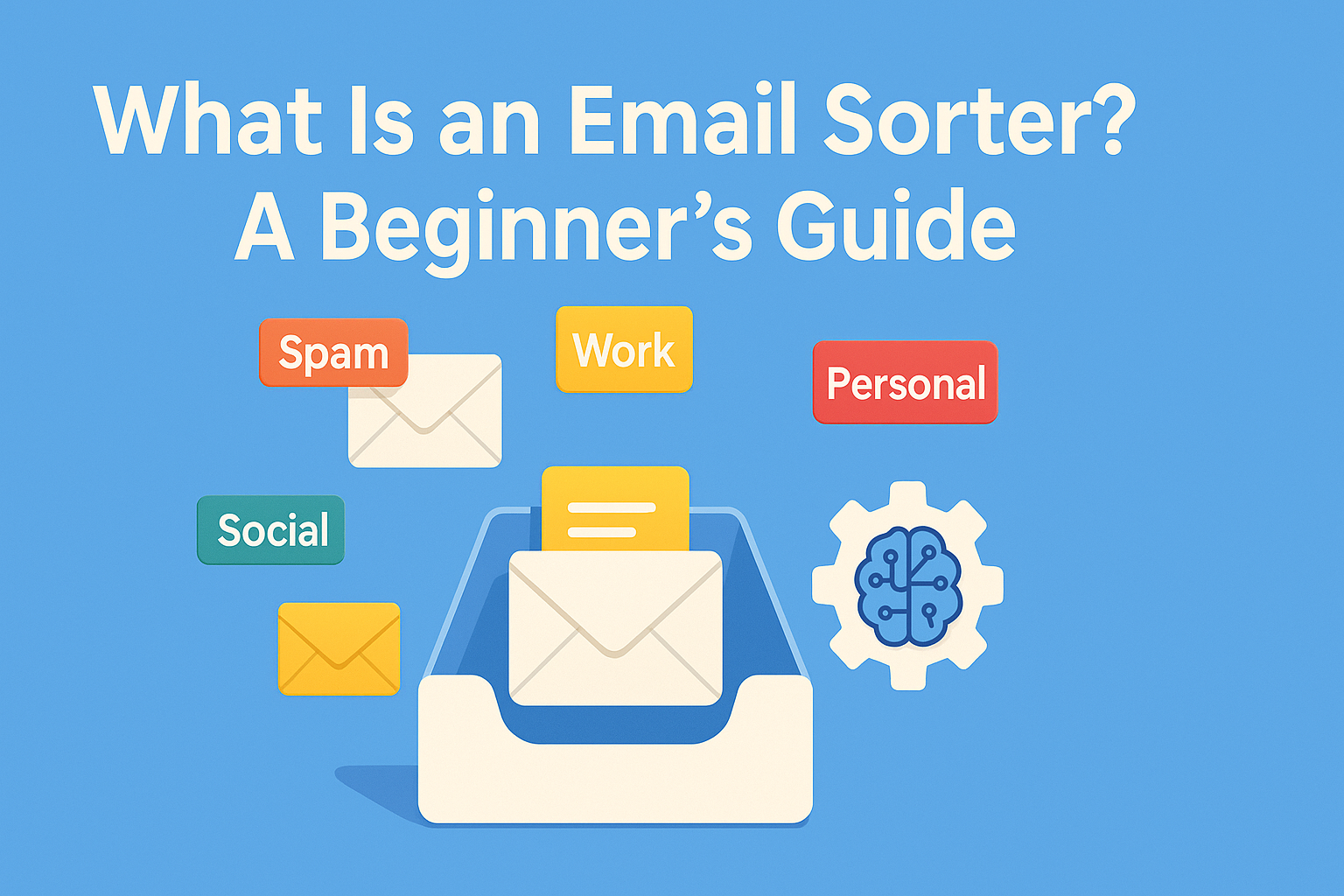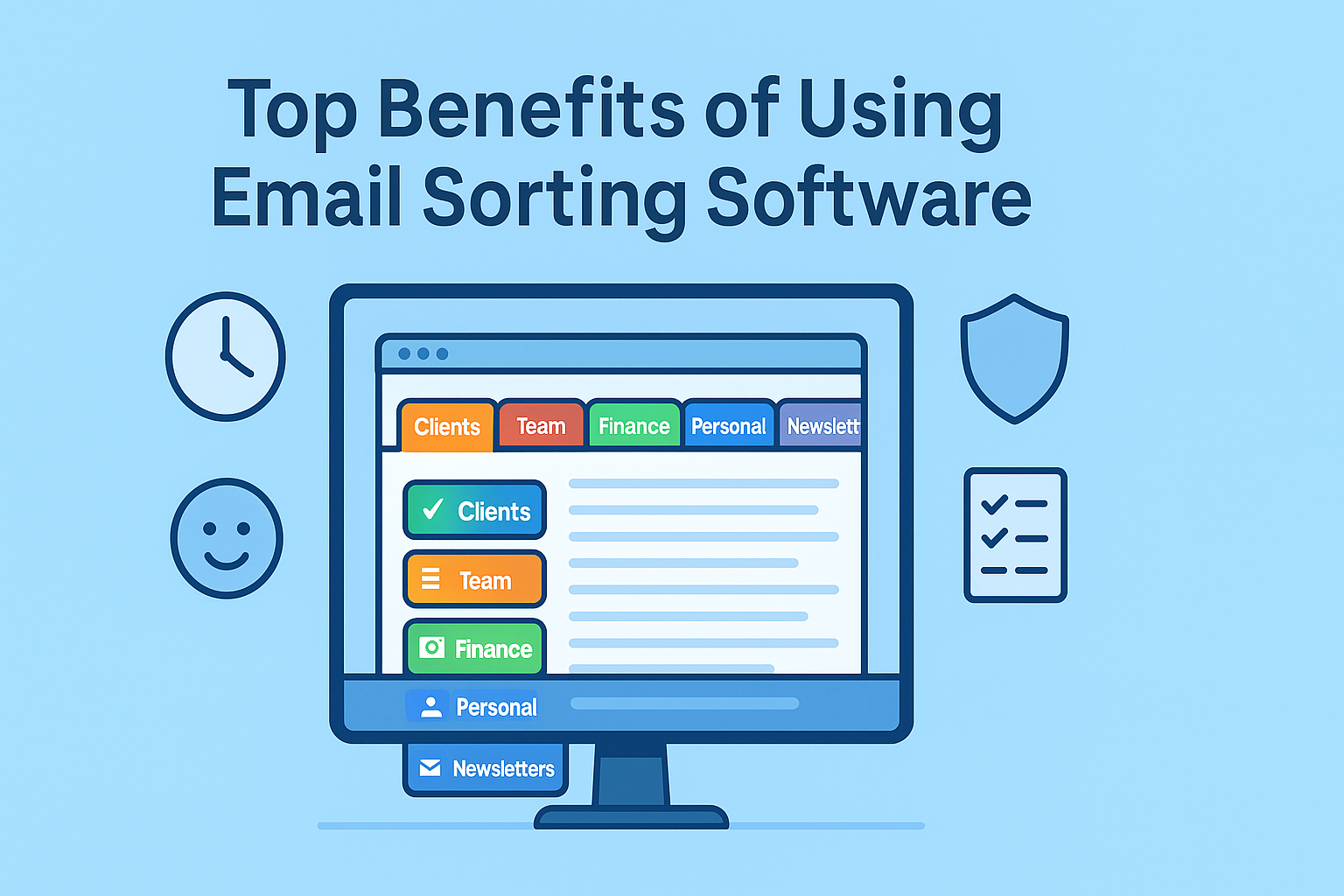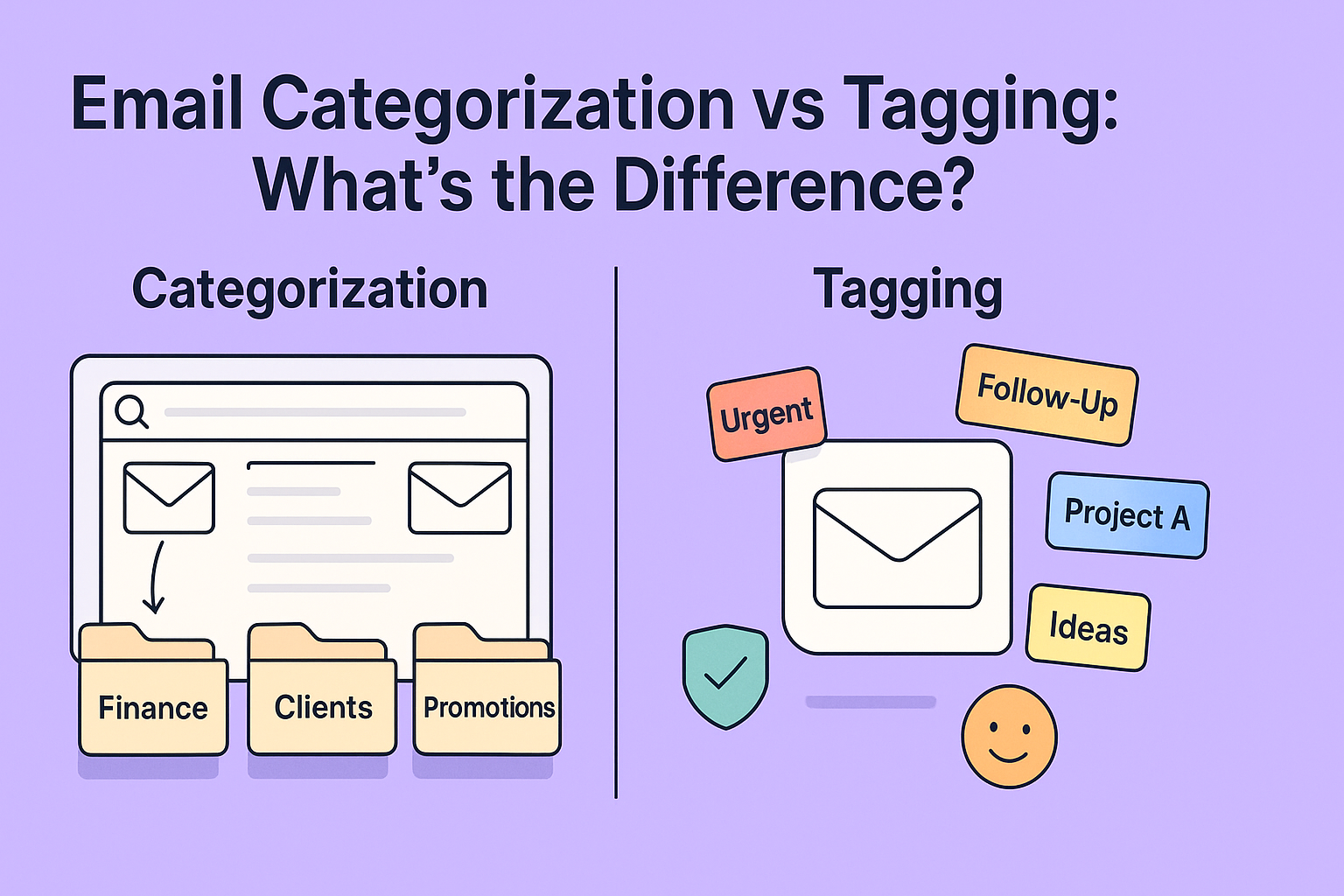Using the Have I Been Pwned service is a crucial step in protecting your online security in an era of constant data breaches. Every week, news breaks of another company losing customer data to hackers. This stolen information often includes email addresses, passwords, and other sensitive details. The reality is that if you have been online for any length of time, your information has likely been exposed in at least one of these incidents. This guide will explain what the Have I Been Pwned service is, how to use it safely to check your own accounts, what the results mean, and the exact steps you must take to secure your digital life.
What Does “Pwned” Mean?
Before using the service, it is helpful to understand its name. The term “pwned” is a piece of internet and gaming slang that is a deliberate misspelling of the word “owned.” In a cybersecurity context, it means that an account, computer, or entire system has been compromised, defeated, or taken over by a malicious actor.
The Reality of Data Breaches
When you hear that a company has suffered a data breach, it means that unauthorized individuals have gained access to its private databases. They steal the information stored there, which can include a list of all the company’s users. This stolen data often contains your full name, email address, and, in many cases, your password. Hackers then compile these lists and often dump them on the internet for other criminals to use. An account that appears on one of these lists is considered to have been “pwned.”
What is Have I Been Pwned?
Have I Been Pwned? (HIBP) is a free, simple, and highly respected public service that allows anyone to quickly check if their personal data has been compromised in a known data breach. It was created and is maintained by renowned security expert Troy Hunt.
A Free and Respected Security Resource
The purpose of HIBP is to provide a single, searchable database of all the publicly known data breaches. Instead of having to wonder if you were affected by a specific company’s breach, you can use this one central resource to check your email address or phone number against billions of leaked records. It is a vital tool for personal security awareness.
How Does the Service Get Its Data?
The service works by aggregating, or collecting, the massive data “dumps” that are released by hackers after a breach. Troy Hunt acquires these lists of compromised accounts and loads them into the HIBP database in a secure and searchable way. The service does not hack into systems; it simply organizes the information that is already circulating among cybercriminals, making it accessible to the public for their own protection.
Why the Service is Considered Trustworthy
Have I Been Pwned? is widely regarded as one of the most authoritative and trustworthy resources of its kind. It is used and recommended by security professionals, technology journalists, and even government agencies around the world as a reliable first step in breach response.
How to Use Have I Been Pwned to Check Your Email
Using the service is incredibly simple and only takes a few seconds. The process is designed to be accessible to everyone, regardless of their technical skill level.
Step 1: Navigating to the Website
Open your web browser and go to the official website for the service. The site has a very clean and simple interface, with the main search function displayed prominently on the homepage.
Step 2: Entering Your Email Address
You will see a large search bar on the homepage. Simply type your email address into this bar. You can also check a phone number here. After entering your information, click the “pwned?” button to the right of the search bar.
Step 3: Understanding the Results
The website will immediately return one of two possible results.
If you see a green banner that says “Good news — no pwnage found!”, it means that your email address did not appear in any of the data breaches currently in the HIBP database. This is excellent news, but it is not a guarantee of absolute safety. It simply means you were not in these specific, known breaches.
If you see a red banner that says “Oh no — pwned!”, it means your email address was found in one or more known data breaches. Below the banner, the site will list every breach your account was found in and what specific types of data were compromised in each one (e.g., passwords, names, geographic locations).
What to Do If Your Account Has Been Pwned
Seeing the red “pwned!” banner can be alarming, but it is important not to panic. This is a very common situation, and there is a clear, actionable plan you must follow to secure your accounts immediately.
Do Not Panic: Take Action Immediately
The fact that your information is in a breach is not your fault. The responsibility lies with the company that failed to protect your data. Your responsibility now is to act quickly to prevent that stolen information from being used against you.
Step 1: Change Your Password Immediately
The first and most critical step is to change your password on every site listed in the breach results. However, you cannot stop there. The biggest mistake people make is reusing passwords across multiple websites. If you used the same password from a breached site on any other account—especially your primary email, social media, or banking accounts—you must change the password on those sites as well.
Step 2: Enable Two-Factor Authentication (2FA)
Two-factor authentication is one of the single most effective security measures you can take to protect your accounts. It requires a second piece of information (like a code from your phone) in addition to your password to log in. This means that even if a hacker has your password, they will not be able to get into your account. You should enable 2FA on every important account that offers it, starting with your primary email.
Step 3: Review Your Account for Suspicious Activity
For any account that was compromised, you should log in and check for any suspicious activity. Look at your recent login history, check for any purchases you did not make, and see if any messages were sent from your account without your knowledge.
Other Powerful Features of Have I Been Pwned
Beyond the main email checker, the HIBP website offers several other valuable security tools.
Checking Your Passwords
The site has a feature called “Pwned Passwords” where you can type in a password to see if it has ever appeared in a data breach. This is an excellent way to check if a password you are currently using is secure. If a password appears in this database, you should never use it again for any account, as it is on a list that hackers actively use to try to break into accounts.
Subscribing for Breach Notifications
You can subscribe to the HIBP notification service for free. By verifying your email address, you will receive an automatic alert if your account ever appears in a new data breach that is added to the database in the future. This allows you to be proactive and secure your accounts immediately after a new breach is discovered.
The Broader Context of Email Security
Using a tool like Have I Been Pwned is an excellent step, but it is part of a larger strategy for maintaining good digital hygiene and overall email security.
Managing Your Email Across Different Clients
A key part of security is using modern and up-to-date software. Whether you use a desktop client or a mobile app, it is important to choose secure and reputable email software for Windows, Mac, and mobile. Older, outdated clients may not support the latest encryption standards, leaving your connection vulnerable.
Applying Security Best Practices in Your Inbox
Protecting your email account is critical, as it is often the key to all your other online accounts. There are several fundamental best practices that everyone should follow.
- Use a strong, unique password: Your primary email account should have a long, complex password that you do not use anywhere else.
- Enable Two-Factor Authentication (2FA): This is the single best way to protect your account from being taken over.
- Be wary of phishing emails: Never click on suspicious links or download attachments from unknown senders.
- Regularly review apps with access: Periodically check which third-party applications have permission to access your email account and remove any you no longer use.
Tips and Tricks for a Secure Gmail Account
As the world’s largest email provider, Gmail is a major target for hackers. It is essential to use all the security features it offers. There are many Gmail tips and tricks you can use to harden your account. Other practical skills, like knowing how to sort Gmail by unread emails or how to delete mail storage on Mac to keep your client clean, are also part of good digital hygiene.
Comparing Email Provider Security
While user practices are important, the security offered by your email provider is the foundation of your safety. Major providers invest heavily in protecting their users. The specific features can vary, making it important to understand the differences when choosing a provider. You can explore these differences in detailed comparisons like Ymail vs Gmail and Gmail vs Apple Mail.
Frequently Asked Questions
1. Is it safe to enter my email address into Have I Been Pwned?
Yes, the service is widely considered to be safe and is run by a globally respected security professional. The site does not log or store the email addresses you search for. It uses a secure technical method called k-Anonymity that allows your browser to check for your email in the database without ever sending the full email address to the server, protecting your privacy throughout the process.
2. The site says “no pwnage found.” Does this mean my account is 100% safe?
Not necessarily. This result means that your email address was not found in any of the publicly available data breaches that have been loaded into the Have You Been Pwned database. It does not protect you from other threats, like phishing attacks, malware, or a data breach that has not yet been discovered or made public. You must always continue to use strong, unique passwords and enable two-factor authentication.
3. HIBP shows my email was in a breach from a service I don’t remember using. What should I do?
This is a very common situation. It could be a service you signed up for many years ago and have forgotten about. The most critical action is to think about the password you likely used for that service. If you have reused that same password on any other websites, especially important accounts like your primary email or online banking, you must change those passwords immediately.
4. What is the difference between checking my email and checking my password on Have I Been Pwned?
Checking your email tells you if your specific account (for example, myemail@example.com) was included in a known data breach. Checking your password on the “Pwned Passwords” page tells you if that password itself (for example, “Password123”) has appeared in any breach, linked to any account. You should never use a password that appears on the Pwned Passwords list, as it is known to hackers.
5. If my data is already out there, what’s the point of changing my password?
Changing your password is the most important action you can take. Hackers rely on the fact that people reuse passwords. They use a technique called “credential stuffing,” where they take the username and password lists from one breach and use automated software to try those same combinations on thousands of other websites. If you use a unique password for every site, a breach at one company cannot be used to compromise your accounts elsewhere.




